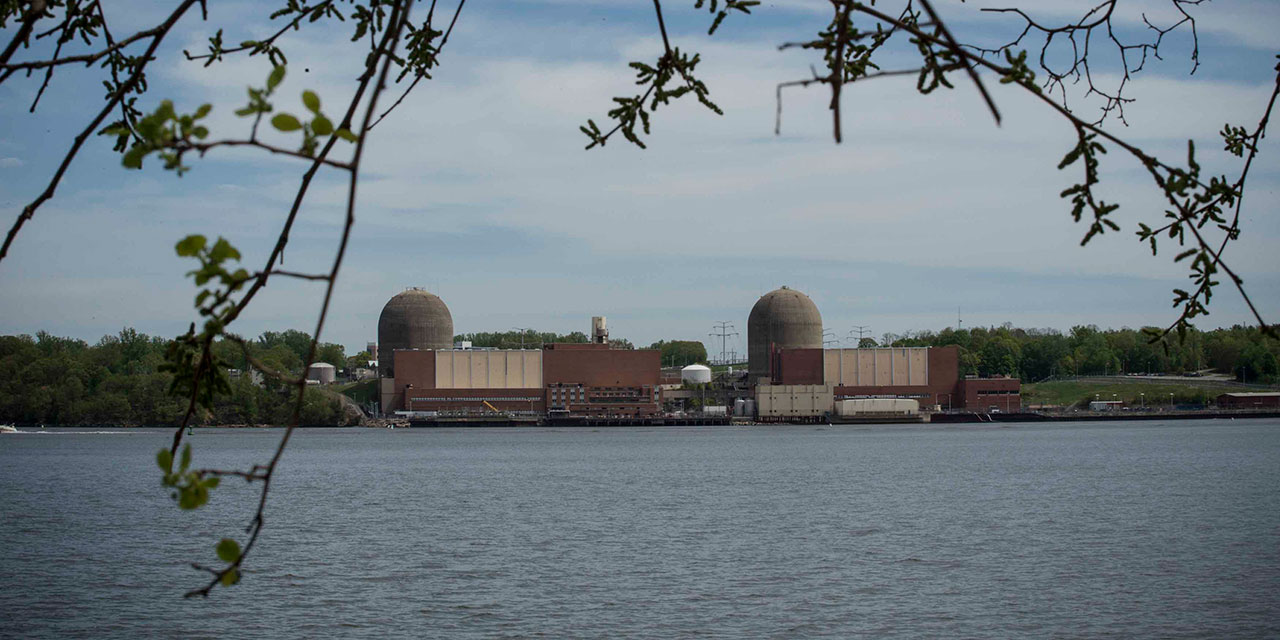
Earlier this week, New York governor Kathy Hochul announced a plan to build one gigawatt of new nuclear power capacity in the state within the next decade. While actual construction will be the true test of the proposal, the announcement is significant—marking one of the most substantial steps yet in the Democratic shift from the climate politics of the 2010s to the abundance politics of the 2020s.
Describing Hochul’s move as a shift away from climate politics may seem counterintuitive, since nuclear is New York’s (and the nation’s) largest source of climate-friendly electricity. But the climate movement, shaped by the nuclear skepticism of 1960s environmentalism, has long been, at best, lukewarm and, at worst, actively opposed to nuclear energy.
Finally, a reason to check your email.
Sign up for our free newsletter today.
This anti-nuclear stance has become increasingly untenable, as data centers and electric vehicles push electricity demand upwards for the first time in decades, and as solar, wind, and natural gas face mounting supply constraints. Meeting this moment will require elected officials to build a new, forward-looking politics in support of nuclear energy.
While many Democratic politicians have come to embrace nuclear power over the last decade, few have placed as bold and ambitious a marker as Hochul. Congress did achieve some rare bipartisan successes during the Joe Biden years, including tax credits for nuclear plants and passage of the Accelerating Deployment of Versatile, Advanced Nuclear for Clean Energy (ADVANCE) Act. But the Biden White House itself proved feckless on the nuclear issue, demurring on critical reforms to reactor licensing, environmental permitting, and other hurdles facing nuclear deployment.
The news hasn’t been all bad. Governors Gavin Newsom of California and J. B. Pritzker of Illinois reversed course on plans to retire their states’ nuclear plants, while Michigan’s Gretchen Whitmer went a step further by initiating the restart of the Palisades nuclear facility. But until Hochul’s announcement, no Democratic governor had seriously pursued new nuclear construction.
Hochul’s unique ambitions may stem in large part from the presence of the New York Power Authority (NYPA), the largest state-owned public power utility in the country. NYPA gives the governor greater control over electricity planning, creating a policy avenue largely unavailable to Newsom, Pritzker, and most other state leaders.
But Hochul is also leveraging new political circumstances, following President Trump’s executive orders to expedite the construction of new nuclear power plants across the country. As the Washington Examiner reported, “Hochul said her conversations with Trump have always included advocating changes to the federal permitting process for nuclear plants.”
Hochul’s announcement was also notable for its timing, coming just a day before New York City’s mayoral primary, in which former governor Andrew Cuomo failed in his attempted political comeback. As governor, Cuomo signed a 2019 law mandating 70 percent renewable electricity for the state and aligned with environmental groups like Riverkeeper and the Natural Resources Defense Council to shut down the Indian Point nuclear plant in 2021.
As critics of the closure warned, carbon emissions and air pollution have since surged. Yet Riverkeeper and other environmental groups continue to oppose power infrastructure that might replace the lost nuclear capacity.
The tragedy of Indian Point’s closure may explain why Governor Hochul felt empowered to break with Cuomo’s anti-nuclear legacy. She surely knew that she was going up against the state’s environmental lobby. “Governor Hochul’s nuclear gamble is a reckless distraction from the clean, affordable energy New Yorkers actually need,” said Food & Water Watch’s Alex Beauchamp. Public Power NY, a grassroots partnership of environmentalist and labor groups that actively championed the state’s 2019 clean energy law, as well as the closure of Indian Point, also voiced deep skepticism of the governor’s nuclear plans.
The episode reflects a broader divide over nuclear energy: on one side, traditional environmental groups like NRDC, Riverkeeper, and Public Power NY; on the other, a younger cohort of environmental pragmatists, including Nuclear NY, Third Way, and the Clean Air Task Force. (Disclosure: I work for the Breakthrough Institute, which belongs firmly to the pragmatist camp and was the original pro-nuclear environmental think tank.)
Much work remains before a full nuclear renaissance is realized, but the momentum has clearly shifted. Across the country, nuclear plants are now more likely to be saved or restarted than shut down, and politicians from both parties are competing to advance the most effective nuclear-support policies.
Hochul’s announcement also signals a broader realignment within the Democratic coalition—between the climate movement that dominated the 2010s and the emerging “abundance” coalition shaped by the supply shocks and technological gains of the pandemic era.
Plenty of overlap exists between the two camps. Most Democrats who have voiced support for abundance are also champions of the Inflation Reduction Act, the 2022 law celebrated by most (though not all) of the climate movement. In their book Abundance, Ezra Klein and Derek Thompson approvingly quote Bill McKibben, perhaps the world’s leading climate activist and a believer in solar energy abundance, who has blanched at the need for new nuclear capacity.
But on issues like nuclear energy, housing, environmental permitting reform, and carbon removal, tensions between Democratic climate advocates and abundance advocates are becoming harder to ignore. While the abundance movement sees these solutions as clearly aligned with climate goals, much of the climate movement remains opposed. That’s because today’s climate politics are, in many ways, a postmodern outgrowth of the original environmentalist movement—which was not founded to promote climate action but to resist technology, infrastructure, and economic growth.
How all of this shakes out politically remains to be seen. Some observers point to encouraging signs like the Environmental Defense Fund’s recent endorsement of the Fix Our Forests Act of 2025, a bill opposed by the bulk of the climate movement that would streamline forest management projects to mitigate wildfire risk. Meantime, McKibben’s vision of solar abundance is shared by none other than Elon Musk. New technologies and coalitions have ruptured America’s energy and environmental politics; a new equilibrium will take some time to form.
But if New York is any indication, then the pitched battle between the abundance and climate factions may rage for years. Pro-nuclear abundance may be ascendant in Albany, but the anti-nuclear environmentalists will likely have to be dragged from the Democratic coalition kicking and screaming.
Photo by Kena Betancur/VIEWpress/Corbis via Getty Images
Source link

















